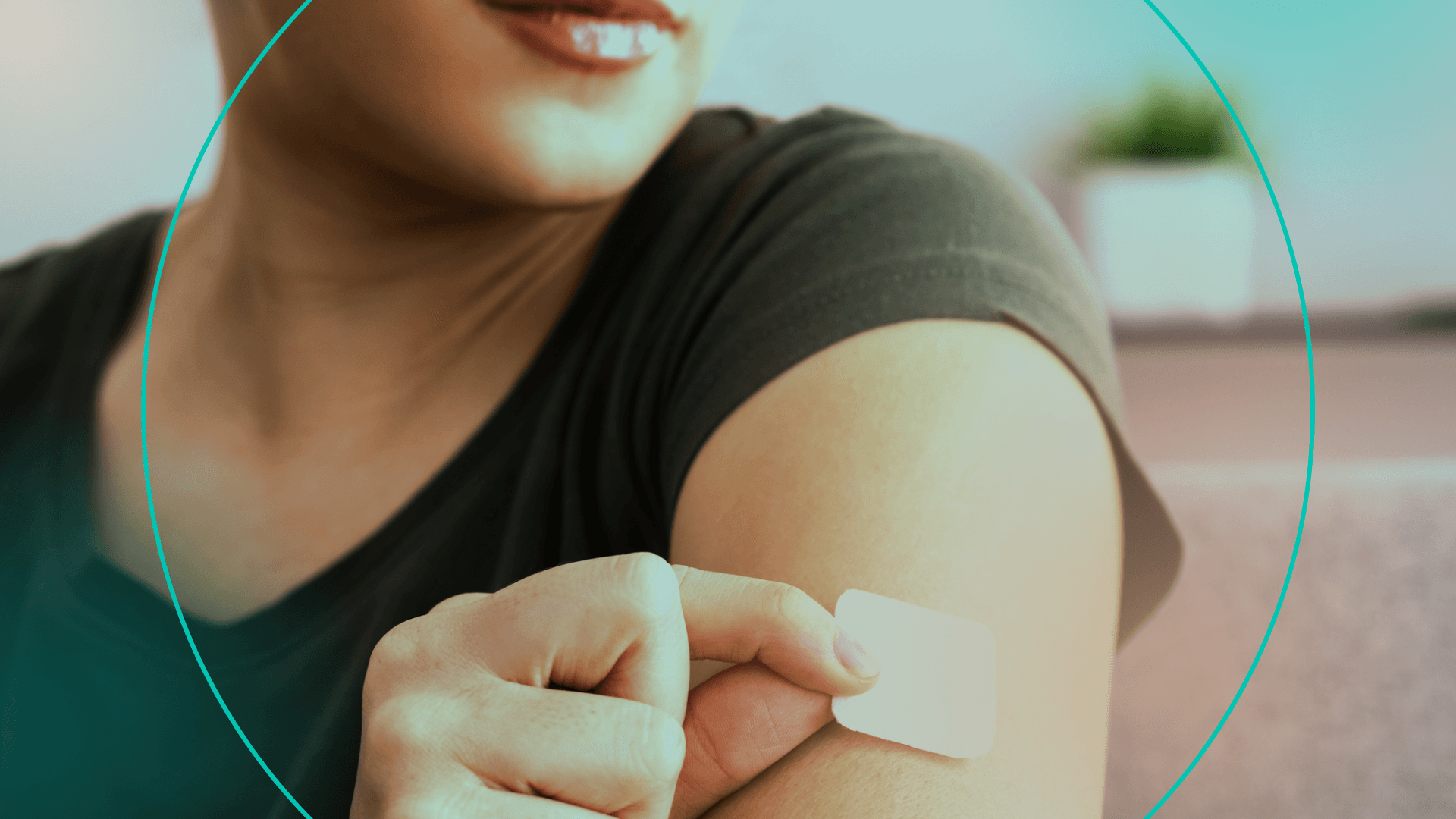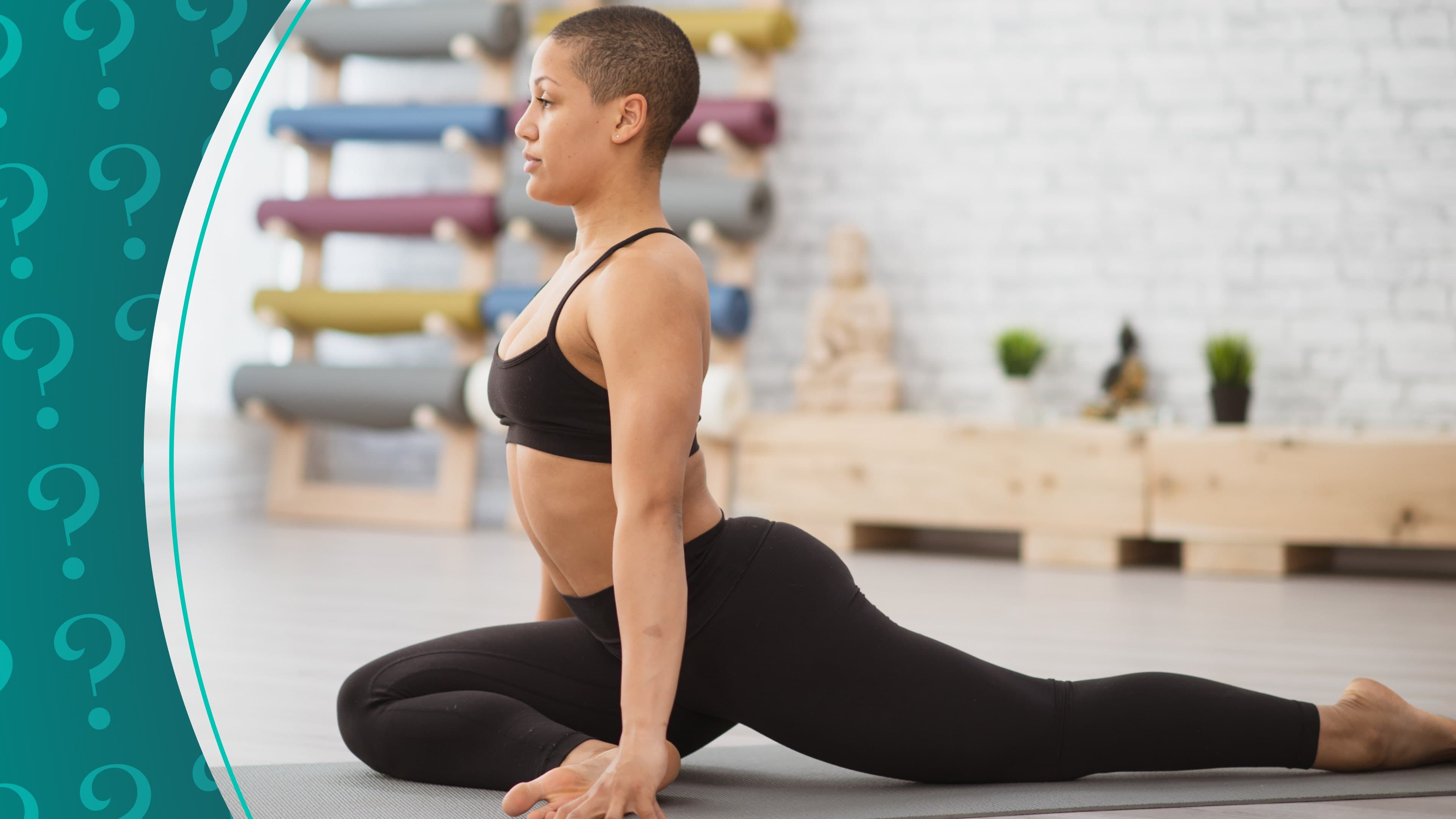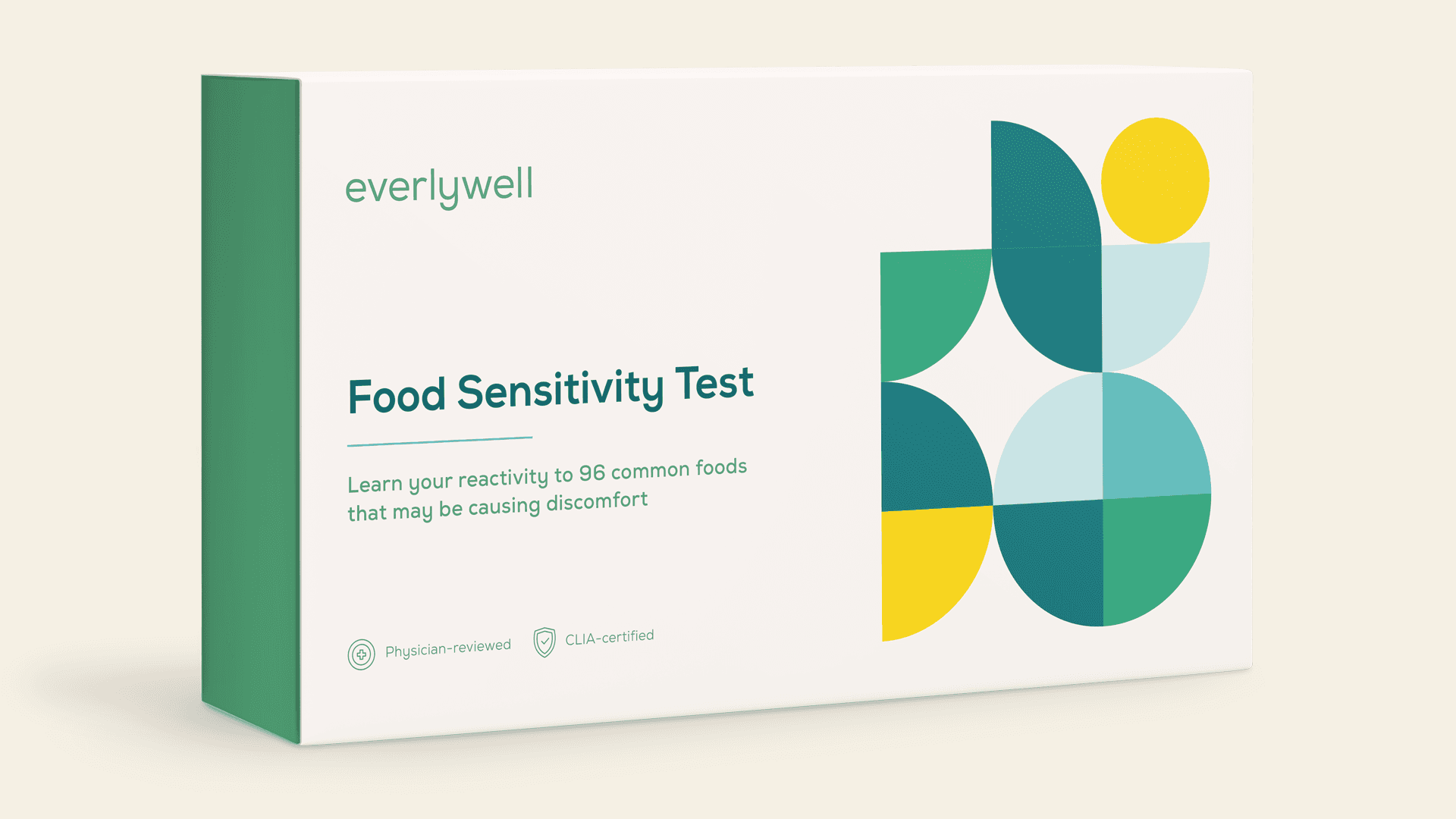we have to talk about…

Are Vitamin Patches Legit?
From IV drips to stick-on patches, the options for how you take your vitamins have evolved. If you’ve spent any time on #healthtok, you’ve probably seen that whether you’re dealing with a brutal hangover or struggling with sleep, there’s a vitamin patch for that. The claim? Just peel and stick one on your skin, and get the nutrients you need to feel better.
But, experts are skeptical.
What exactly are vitamin patches?
Vitamin patches are stick-on adhesives that deliver vitamins through your skin’s barrier. One supposed benefit is that it delivers vitamins directly to the bloodstream since it bypasses the digestive system. (No gag reflex concerns, here.)
Plus, “they can be helpful for those specific individuals who need an effective way to receive additional nutrients,” says dermatologist Naana Boakye M.D. For example: someone who is cognitively impaired, has difficulty swallowing, or has GI issues, Dr. Boakye says.
OK, but do they actually work?
There’s just not enough research to know whether vitamin patches work as they claim. There have been studies that say vitamin patches may be able to deliver some vitamins, such as vitamin D, to the bloodstream. But experts are unsure about the overall efficacy.
“Not all micronutrients can pass [through] the skin barrier,” says Dr. Boakye. The active substance in the patch has to meet specific requirements — namely being a very small molecular size and fat-soluble — in order to actually get through your skin, says Crystal Scott, a nutritionist with Top Nutrition Coaching.
So, if the formulation in a patch doesn't fit the bill, they can’t get to your bloodstream to have any effect. For the average person, that’s not something you can distinguish when buying them, says Scott. Some vitamins are also better absorbed through the gut when taken orally, she says. So it still may be more effective to take your supplements in pill form.
So, how should I be taking my vitamins?
When it comes to nutrition and supplements, your doctor should be your first stop. “It's crucial to identify and address the root causes of nutrient deficiencies,” rather than going straight for patches or supplements, says Scott. If you do want to try a vitamin patch, it’s wise to get a recommendation from a healthcare professional to make sure you’re at least opting for a reputable brand.
Your move
Getting adequate vitamins from a patch might be a reality one day. But for now, oral supplements (and a well-balanced diet), are still the best bets. If you think you could benefit from a supplement, here are some best practices:
Talk to your doctor about testing for nutrient deficiencies and get recommendations for which supplements (and brands) to try.
Work with a nutritionist to make sure your diet is well-balanced to give you the nutrients you need.
ask an expert

Last week, we asked you to vote on a question to answer. The winner was:
What are the best mobility exercises for tight hips?

"[Poor hip mobility] could generally be feeling stiff and [difficulty getting] into certain positions, like [in] yoga, or getting all the way down to the floor. But it also can manifest as low back pain, [or] hip pain. Even knee pain is usually caused from a lack of mobility in the hips.
My top recommendation is to use a foam roller. My two favorite areas for stiff hips and how to do it:
Quads (aka front of your thighs): Lay on the foam roller on the mid-to-upper thighs. Stay in that spot and slowly bend and straighten your knees. Repeat. Then try holding your knees bent at 90-degrees and rocking your heels side to side.
IT bands (aka the sides of your thighs): Lay on the mid-to-upper part of the side of your thigh. On one spot, bend and straighten your knee slowly a few times. Then, when your knee is bent at 90 degrees, lift your heel up toward the ceiling and down toward the floor.”
This interview has been edited and condensed for clarity. You can get more (including the exercise images) here.
well, well, well...
Catch up on the latest health news, tips, and trends.
Longevity clinics are banking on our obsession with anti-aging to charge a pretty penny for treatments that can lack evidence. Another reason to chill out on using the 'aged filter.'
Struggling to exercise during record heat waves? Instead of hitting the pavement, try running through water. Your knees will thank you, too.
The FDA's approval of an OTC birth control pill has many excited, but questions about side effects, efficacy, and cost loom. Let's hope the price is right.
Stop idealizing your old body, and embrace what you see in the mirror today with this kind, realistic, and relatable advice from experts who get it. Staying the same is boring, anyway.
Women in Houston are experiencing a syphilis "outbreak," with the rise in cases mirroring a nationwide trend. And the antibiotic shortage likely won't help.
Forward this to a friend. Click here.
we tried it

We try out the buzziest wellness tools, trinkets, and experiences, so you know what you're getting into. For this week's newsletter, Skimm writer Sami Roberts tested a popular food sensitivity test.
What we tried: Everlywell’s Food Sensitivity Test
Where you can find it: On Everlywell’s website
What it'll cost you: $199
What to expect: A box delivered to your door that includes a test card, finger-pricker, and instructions for providing a blood sample. If drawing your own blood sounds intense, know that there’s no syringe involved. But if I’m being honest, pricking my fingertip was kind of painful. You’ll leave a drop of blood on each area indicated on the test card, let it dry, then slip that into the designated envelope, then mail back your kit. Your food sensitivity (note: not food allergy) results are reviewed by a doctor and shared with you via the Everlywell app, typically within five or so business days. Nearly 100 different foods are reviewed for potential immune reaction, from dairy products, meat, vegetables, and even spices.
The results are split into “high,” “moderate,” “mild,” and “normal” reactivities, which indicates your level of sensitivity for certain foods. My highest reactivity group was egg whites, which fell under “moderate.” Notably, wheat was nowhere on my list of sensitivities, even though I’ve been gluten-sensitive for most of my life — or so I thought. Everlywell recommends temporarily eliminating foods your results showed sensitivities toward and then reintroducing them to see how you feel. I gave up eggs for two weeks, but my stomach didn’t notice a difference when I tried eating them again, and I don’t plan to give up my morning scrambled eggs any time soon.
Have a hack or review to share? Let us know at well@theskimm.com.
quote of the week

"Nearly 5 million"
—The number of messages answered through the 988 Suicide & Crisis Lifeline in its first year since moving to a three-digit phone number. Many Americans don’t know it exists.
a skimm'r story
Anyone with a group chat knows that sometimes the best advice comes from your friends and community. So we’re asking Skimm’rs to share their advice on things in life that have worked for them. Next up: we’re getting a little intimate.
What’s a product that’s improved your sex life? Or your solo game?
PS: Whether you’ve figured out how to really get to know your body or you’re still making discoveries, we’d love to hear from you.
Photos by iStock, Julia Blackwell, Everlywell
Design by theSkimm
This content is for informational and educational purposes only. It does not constitute a medical opinion, medical advice, or diagnosis or treatment of any particular condition. Always seek the advice of your physician, mental-health professional, or other qualified health provider with any questions you may have regarding a medical condition. Products you buy through our links may earn us a commission.
Live Smarter
Sign up for the Daily Skimm email newsletter. Delivered to your inbox every morning and prepares you for your day in minutes.